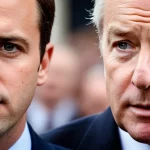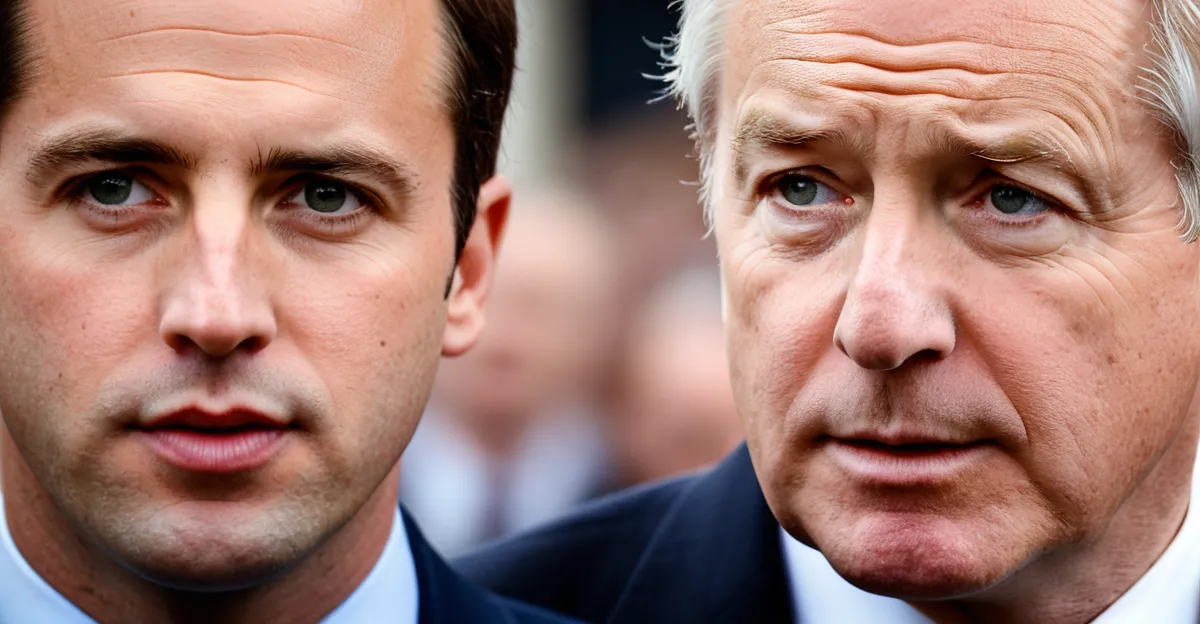Addressing Prevalent Myths About the UK’s Political Parties
Understanding UK political parties requires dispelling common political myths about their structure and role. Many believe that party leadership has unilateral control, but the reality is more complex due to internal checks and balances. Misconceptions often arise regarding the party structure misunderstandings, especially around the power of the party leader versus grassroots members.
A frequent myth is that all UK political parties operate similarly. In truth, party ideologies vary significantly, influencing their organizational practices and priorities. For example, while some parties emphasise centralized control, others favour more democratic internal structures.
In the same genre : What is the future of print media in the UK?
The function of party whips is also widely misunderstood. Contrary to beliefs that whips merely enforce obedience, they play a crucial role in maintaining parliamentary discipline and ensuring coherent policy voting. Their role involves negotiation and persuasion, not just issuing ultimatums.
These clarifications highlight the nuanced operation of UK political parties and the importance of separating public perception from actual party mechanics. Addressing political myths deepens understanding of how party dynamics shape governance and political debate in the UK.
In parallel : How is the UK managing immigration policies post-Brexit?






